Milkweed is vital for Monarch Butterflies, serving as the primary host plant for their caterpillars. In Maine, there are several native milkweed species.
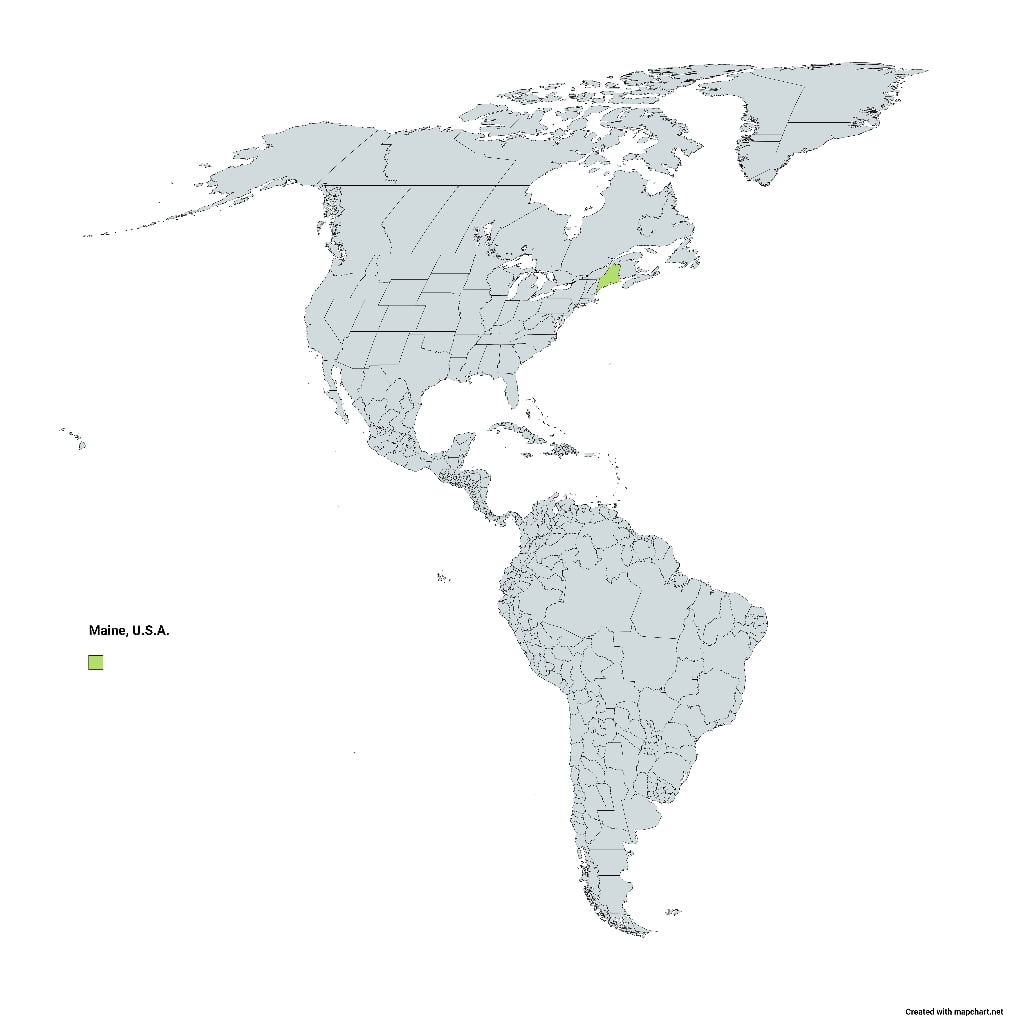
Here are some of the most common:
Common Milkweed (Asclepias syriaca)
This is perhaps the most well-known species of milkweed. It produces large, round clusters of pink to purplish flowers. The plant can grow up to six feet tall and is found in fields, meadows, and along roadsides.
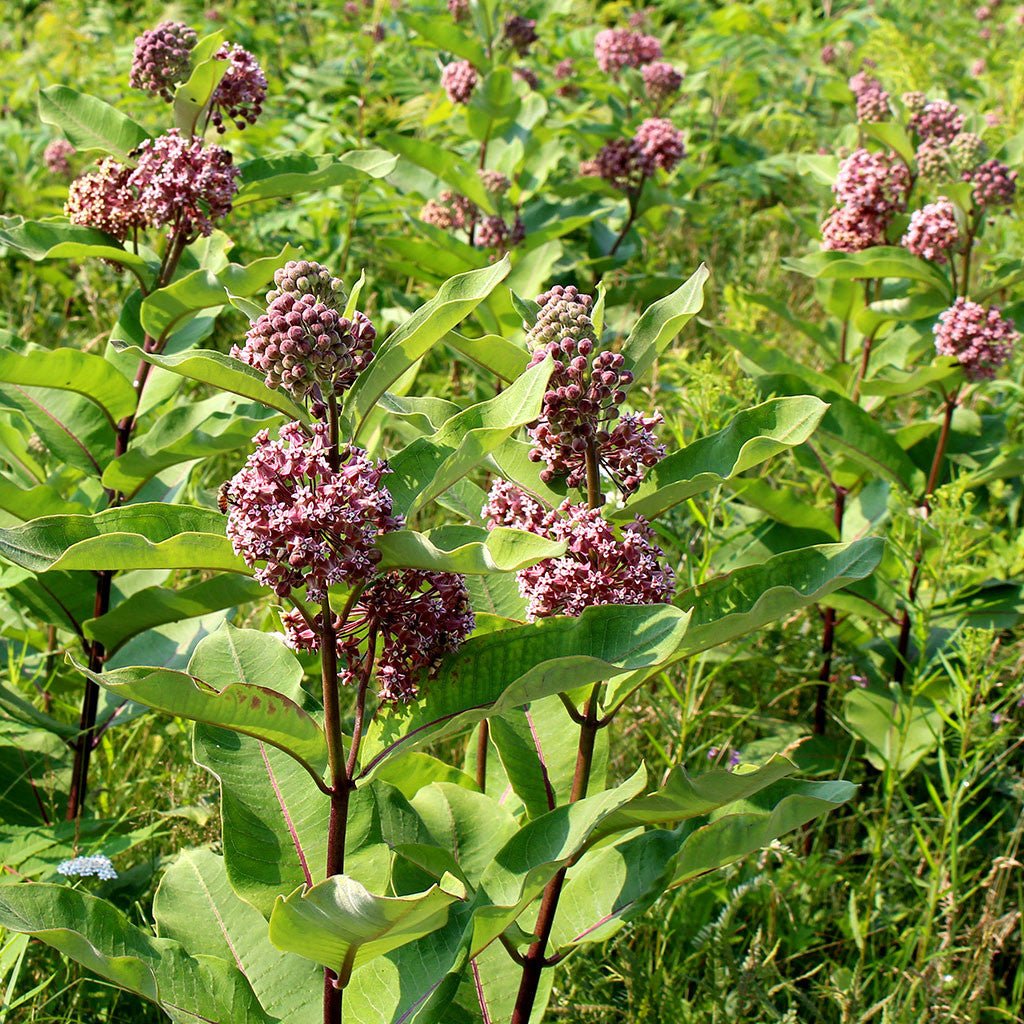
Swamp Milkweed (Asclepias incarnata)
As its name suggests, Swamp Milkweed prefers wetter habitats like wet meadows, marshes, and the edges of ponds and streams. It has slender, lance-shaped leaves and produces clusters of pink to mauve flowers.
Butterfly Weed (Asclepias tuberosa)
This milkweed species stands out with its bright orange flowers. It prefers well-drained soils and can often be found in sandy or rocky habitats. Unlike other milkweeds, butterfly weed does not exude a milky sap when broken.
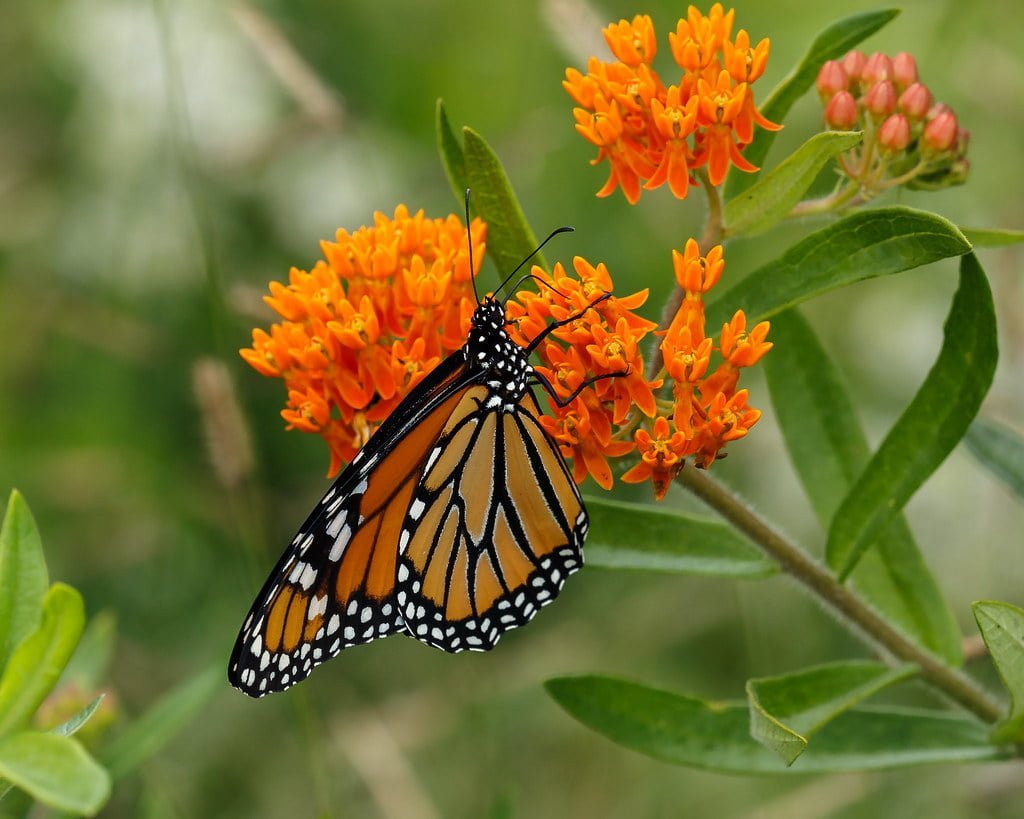
50 Butterfly Milkweed Seeds (Asclepias Tuberosa) for North America
More than 50 Orange Butterfly Milkweed Seeds (Asclepias tuberosa) originating from tobacco country for most of North America.
Whorled Milkweed (Asclepias verticillata)
This species has very narrow, almost needle-like leaves that grow in whorls around the stem. It produces clusters of small, greenish-white flowers. It can be found in dry fields and open woods.
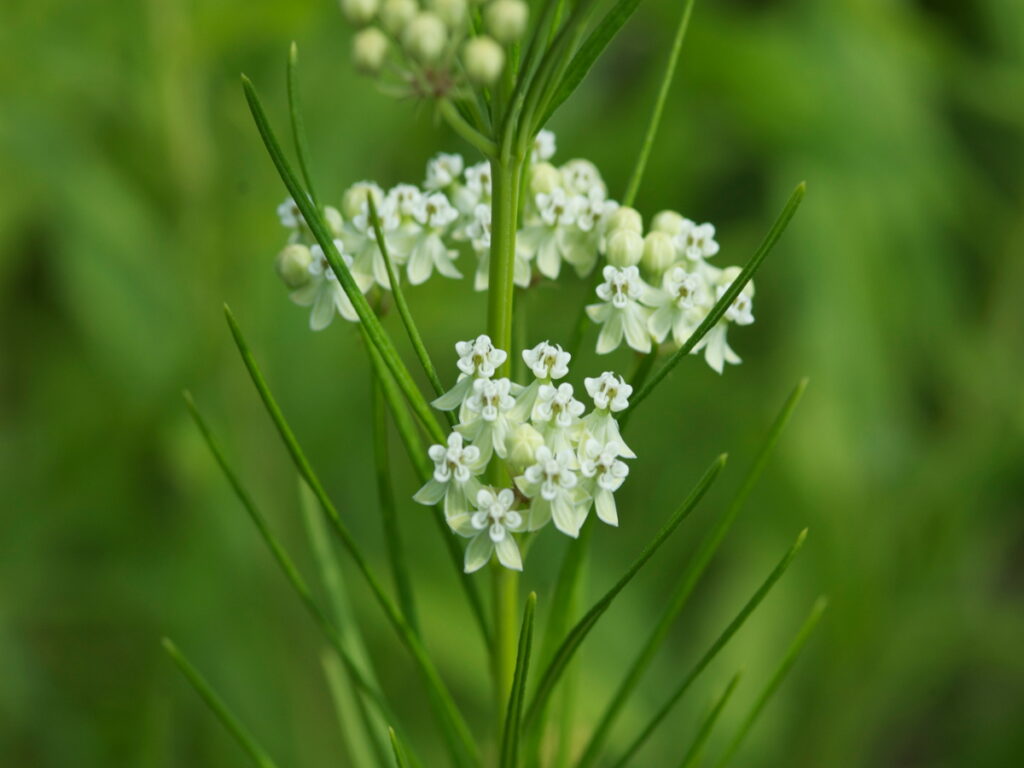
Poke Milkweed (Asclepias exaltata)
This species prefers shaded or partly shaded habitats, such as woodland edges or clearings. It has large, ovate leaves and produces loose clusters of white to greenish-white flowers.
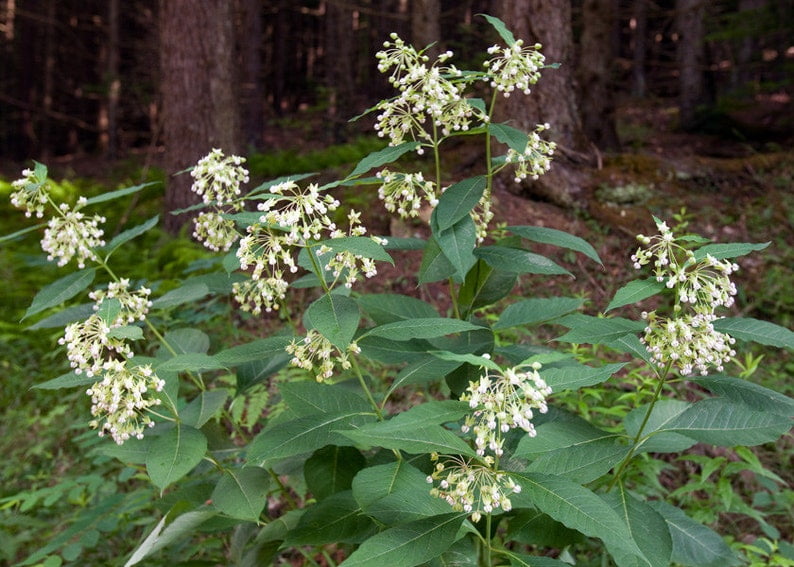
Purple Milkweed (Asclepias purpurascens)
While less common than some of the other species, purple milkweed is notable for its deep purple-pink flowers. It can be found in dry to moist open woods and clearings.
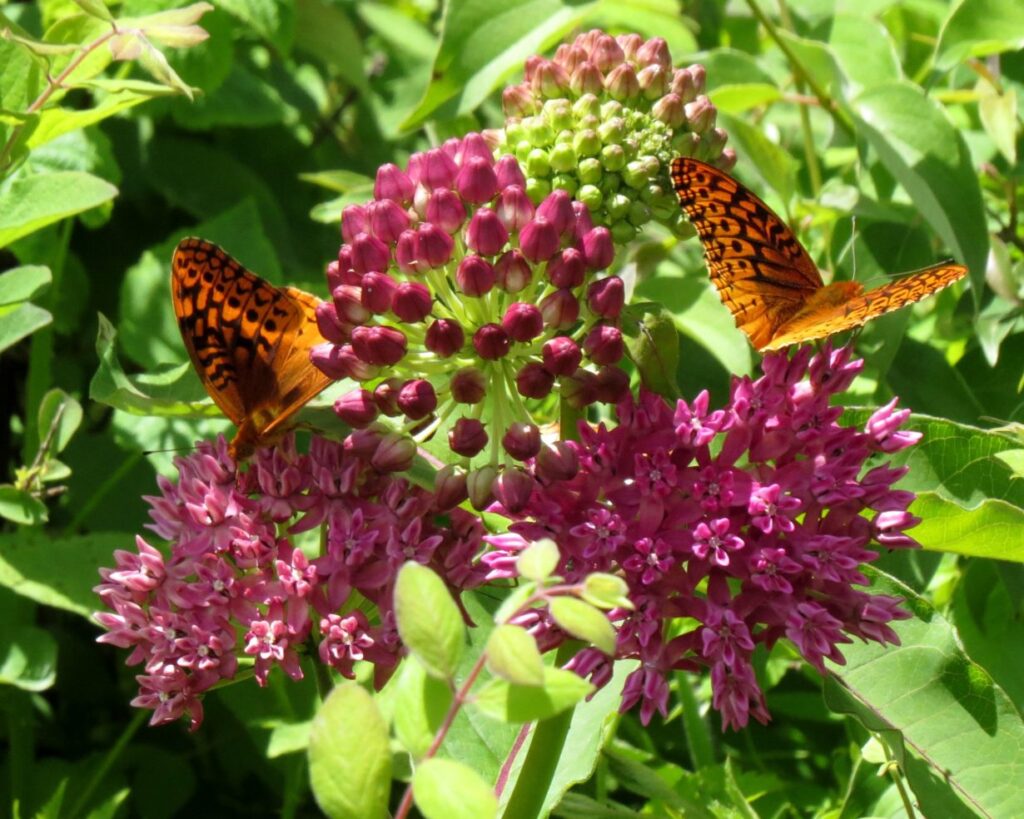
When considering planting milkweed in Maine or any other region, it’s essential to choose native species. Native milkweeds are adapted to the local climate and soil conditions and will provide the best support for monarch butterflies and other native pollinators. Furthermore, they are often more resistant to local pests and diseases than non-native species.
